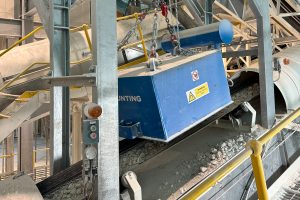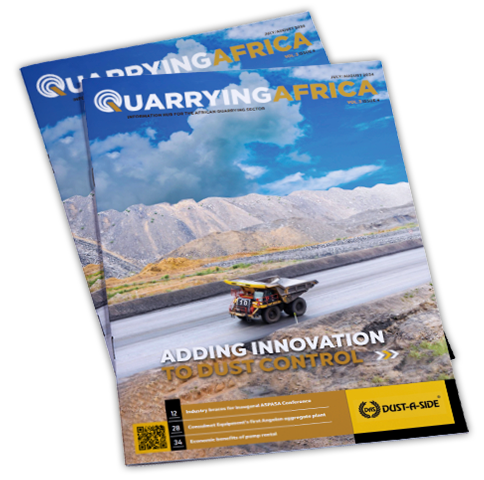Downtime is inevitable. And when you are up against the clock and the pressure is on – that is when accidents happen. From risks of falls or back injuries and cuts, rushed jobs where production is waiting on the change-out can lead to distracted workers and greater risk of accidents. By Serge Raymond, MAJOR product specialist.
A regular preventative maintenance schedule can help alleviate these risks, but sometimes unplanned maintenance is necessary. Breakdowns happen. In these cases, there are steps workers can take to reduce risk in screen media change-outs. Here’s how.
Always wear PPE
This may seem like an obvious statement, but personal protection equipment (PPE) is not something to take lightly. A good example of this is hand safety. It can be tempting to forego wearing work gloves for convenience or increased dexterity when handling nuts and bolts, but the risk is never worth it. Sharp edges on the tail end of screens and at the hooks can cause cuts to workers’ hands, not only posing a danger to the individual, but further delaying the operation resuming production.
To reduce risk of injuries, look for a screen media manufacturer that puts safety first. For example, some manufacturers include metal shrouds on their media. That means no sharp edges on the wire for workers to worry about during handling and installation. However, this should never be thought of as a replacement for PPE.
Take enough time
This is probably the most effective way to prevent injuries, but often the hardest to accomplish – especially in a situation where production is waiting on the change-out. In these scenarios, it is important to remember that safety and attention to detail go hand in hand. Workers must take the time they need to complete their work safely, constantly being aware of their surroundings and taking the extra steps necessary to minimise risks.
For example, if a nut becomes jammed in an impact socket, workers should always disconnect the power source before trying to remove it. Though this can take a few extra seconds, it can prevent harmful accidents to employees.
Workers should never change screens alone, but should ensure that someone else is always there to help, should an individual get into a dangerous situation. Additionally, it is important that workers are diligent about using proper lockdown procedure, as well as wearing safety harnesses if the vibrating screen is high off the ground. While these steps may seem time-consuming in the moment, they can prevent serious and even life-threatening injuries.
Minimise trips up and down
Planning the job properly is extremely important to not only the job’s efficiency, but to the crew’s safety. Every trip up and down extends the process and exposes workers to more risk. MAJOR recommends bringing a toolbox along with all the necessary tools, including extra bolts, washers and nuts. A good rule of thumb is if you need to replace five, bring 15. This ensures you will have what you need to finish the job, even if a few things are accidentally dropped.
These tips should help operations minimise safety risks when changing out screen media, but they are just a starting place. Be sure that every employee is well trained on proper safety procedures when it comes to screen media installation, and work closely with your OEM or OEM-certified technician.





![Data from the World Risk Poll shows that one in five (21%) people in mining and quarrying occupations have experienced harm at work in the past two years. [Photo by Shane McLendon on Unsplash]](https://quarryingafrica.com/wp-content/uploads/2024/10/shane-mclendon-89hUOLtVfoI-unsplash-300x225.jpg)
